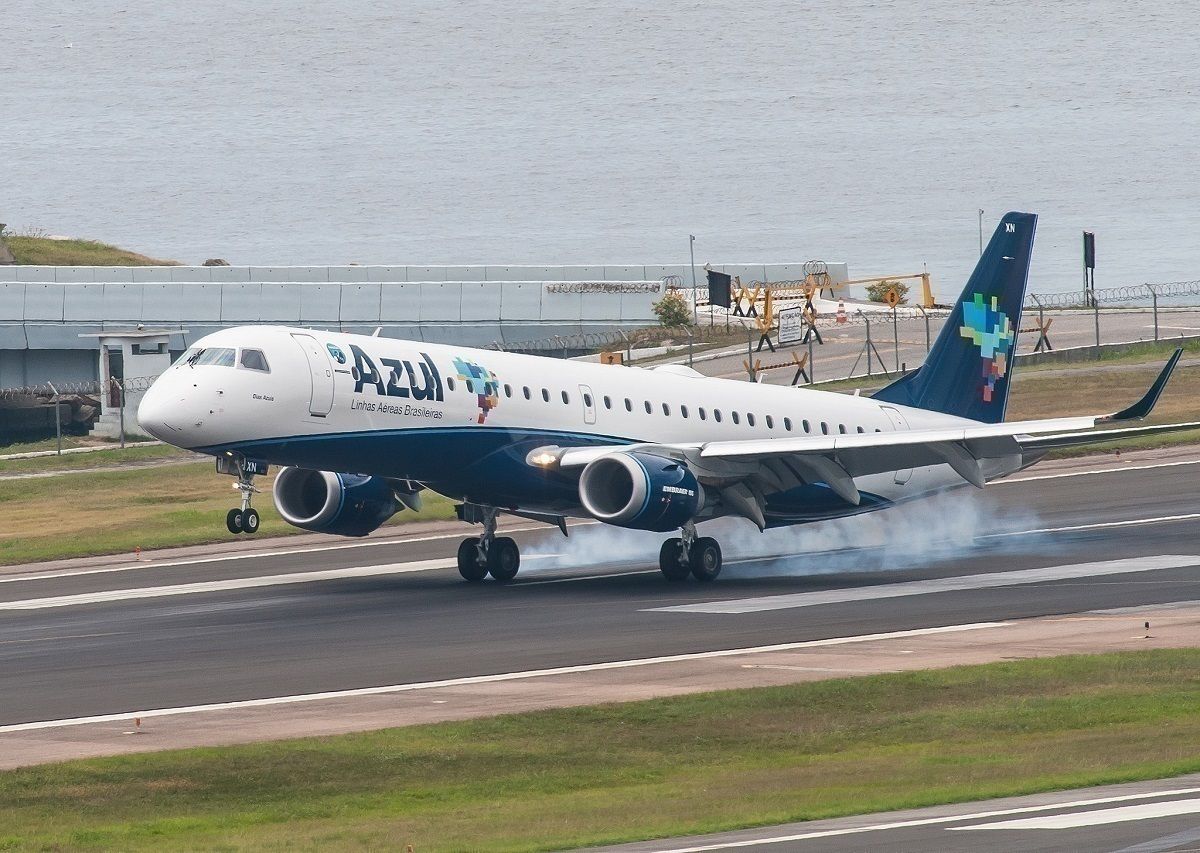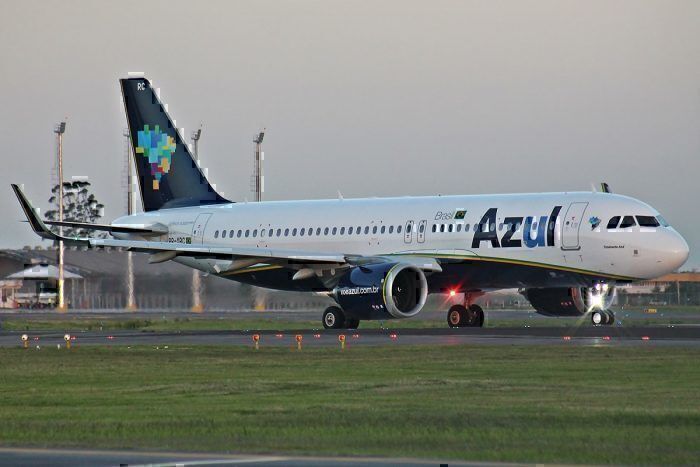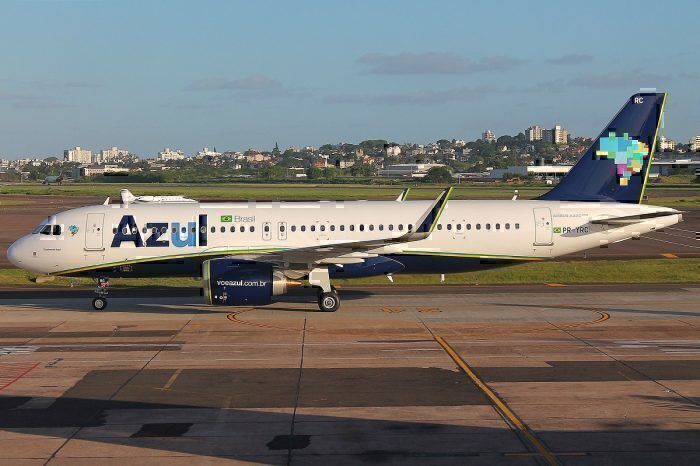Brazilian airline Azul has reported a third-quarter loss. The country’s second-largest international airline posted a Q3 net loss of 438 million reals ($107m) and has pared back its forecast of future growth.
The company blames the recent depreciation of the real against the US dollar, writes Reuters.
In its financial statement released today (07/11/19), the São Paulo airline revealed overall losses had climbed to R$879 million ($214m); a stark contrast to last year’s losses of R$329 million ($80m).
Azul’s expenses for aircraft, airport fees and fuel are traded in dollars. An early-year slump of the real has seen the FX margin widen and commodities traded in USD become significantly pricier.
Subsequently, Azul has drawn its purse strings in. Where previously it had forecast a healthy start to 2020, it has now reduced its projection of growth to 23% for domestic and 20% for international flights, says Reuters.
Yet, despite the reported losses, Azul’s domestic market share continues to grow, thanks in part to the cessation of Avianca Brasil’s operations in May.
In September Azul joined in the dismemberment of Avianca’s assets. Specifically, the airline sought new slots at São Paulo airport in order to enter the Rio business route alongside LATAM and GOL.
We have contacted Azul and are waiting for a reply.
Real sinking
Azul’s loss of income is linked to a drop in the value of the real. At the start of the year, the largest of the South American economies sank 0.2%. Most recently, in September, the real had depreciated against the USD by 4.5%.
One real is currently worth 0.25 dollars, according to the BBC.
The real's devaluation has been caused by problems abroad. Focus Economics cites the financial crisis in Argentina and escalating trade tensions between the US and China as the main stimuli to the real’s slump.
The long-term nature of those global complications spells trouble ahead for Brazil’s economy.
How does the exchange rate affect airlines?
Subsequently, a weak real against the dollar spells trouble for airlines such as Azul that trade commodities in dollars. Azul’s relative cost competitiveness is clearly already reduced by the unfavorable FX. In other words, while maintaining growth domestically it has suffered in the international market compared to airlines from other countries with stronger economies.
An unfavorable exchange rate impacts an airline in three ways (not all of them bad):
- Inbound passenger volume increases but outbound volume falls. If Azul’s overall strength is centered on outbound custom the airline will lose revenue.
- The value of capital assets - if borrowed in dollars - will increase in home currency terms.
- The cost of inputs purchased from the US (such as fuel and lease payments) will increase. Such outgoings are measured relative to the corresponding outgoings of other airlines, which may further decrease Azul’s cost competitiveness.
According to IATA, airlines that are underpinned by the US dollar have seen costs rise 10-15% in home currency terms since 2014.
Double-edged sword
The airline industry survives on risk. Fluctuations in the FX of a home country will expose a carrier such as Azul to challenges stemming from currency conversion. Most carriers are able to absorb such risks, but with smaller airlines, a prolonged downward spike of the exchange rate can lead to trouble.
Azul’s entry into the Rio market may be timely.
There is one benefit to Brazil’s downturn though: the country has become a cheap destination for tourists.



